Soybean Trading Strategies – Top 3 Methods You Need to Try
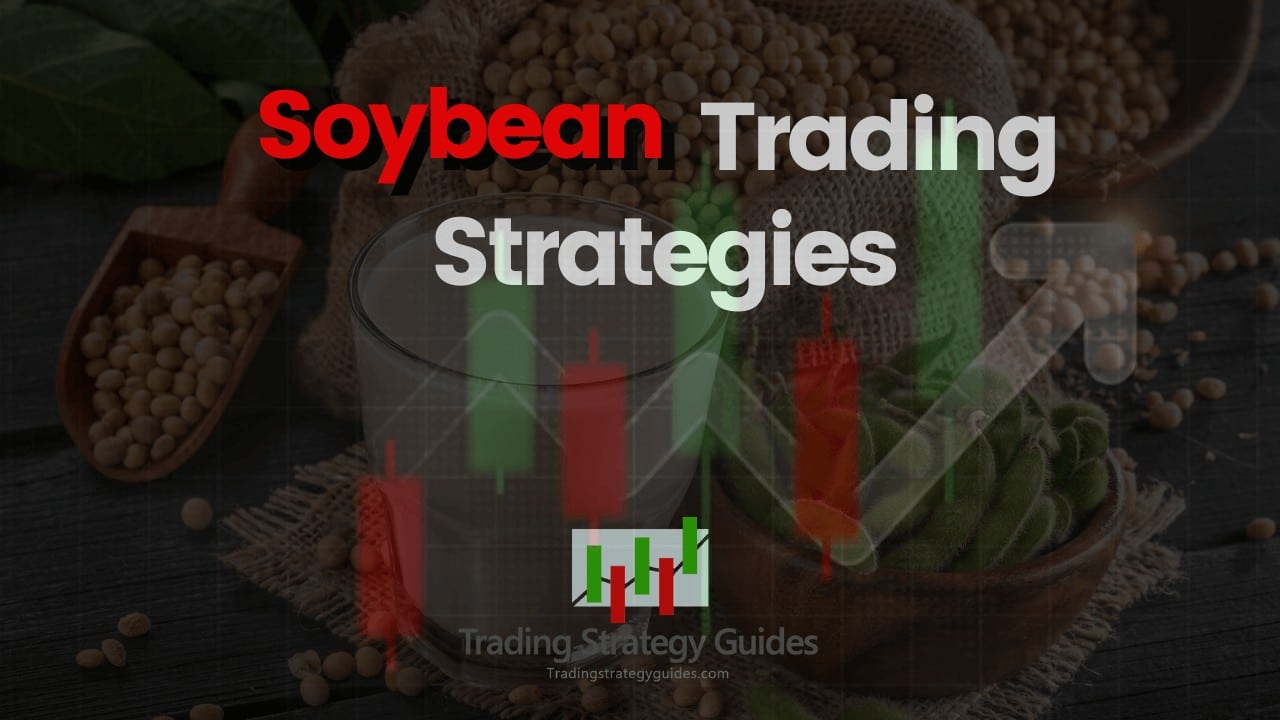
Learn 3 unique soybean trading strategies that you must know if you want to trade on one of the most promising commodity markets out there. Developing a successful commodities trading strategy is one of the best ways to increase your daily ROI. Throughout this guide, you’ll learn how to trade soybeans, when is the best time to buy and sell soybeans, what is a grain spread, crush spread, and reverse crush spread along with some soybean trading tips.
If this is your first time on our website, our team at Trading Strategy Guides welcomes you. Make sure you hit the subscribe button, so you get your Free Trading Strategy every week directly into your email box.
Did you know that the US is the world’s second-largest soybean producer?
And, did you know that 98% out of all of the soybean farms in the USA are family owned and operated? This is far more than other tradeable commodities, such as corn.
In this commodity trading guide, we’ll go over several popular trading strategies, used by professionals and hedgers, but first, let’s discuss the most important things you need to know about soybeans.
What is Soybean Trading?
Soybeans are one of the most popular commodities worldwide because of their multiple uses and high nutritional values. According to the Chicago Mercantile Exchange Group (CME Group), the soybean futures contract is the world’s 4th largest commodity futures contract with an average daily volume of almost 250,000 futures contracts.
Source: CME
Check out this beginner’s guide on how to trade commodities: Successful Strategies for Commodity Trading.
Soybean futures are ranking right behind crude oil, corn, and natural gas, which are the top 3 commodity futures contracts.
Soybeans are versatile commodity products that are not only widely used as food products but are also used in industrial applications (bio-diesel, textiles, polyesters, etc.).
The top three world’s biggest soybean producers Brazil, United States and Argentina account for over 80% of the world’s total soybean production. So, you have to keep in mind that, soybean oil trading can be severely impacted by the effects of climate change, economic trends and political developments on the American continent.
Another important fact about soybeans trading is the massive increase in growth production.
According to the United States Department of Agriculture (USDA), the worlds soybean production was up 7.29% in 2020/21 to 361.00 million metric tons.
During the same time period (1 Jan 2020 – 31 Dec 2020) soybeans price soared from $9.68 to $13.16 – an increase of almost 38%.
Trading soybean is much more attractive because it’s more difficult to manipulate the price of a commodity. So, it’s harder to see a GameStop-like retail frenzy in the soybean market. GameStop stock was a textbook pump and dump scam.
Don’t take it the wrong way, but to some degree, all markets are manipulated by the whales aka the smart money.
The key takeaway is that it’s wise to get involved with trading soybeans as it’s a highly liquid investment vehicle.
Let’s break down the soybean future contract and how to trade soybeans the right way.
How to Trade Soybeans
One of the most liquid markets for trading soybeans is the futures market. The soybean futures contract enables traders to speculate on the rising and falling prices and thus being able to make money in both a bullish market and a bearish market.
This is your introductory guide to Trading Futures for Dummies.
In order to be able to trade successfully soybeans futures, you need first to have a basic foundation.
The soybean futures contract specifications can be studied below:
Source: CME
Like all futures contracts, soybean futures are traded through standardized contracts.
The key specification of a soybean trade includes:
- Soybean ticker symbol: ZS.
- Soybean contract size: 5,000 bushels.
- Soybean minimum tick or price fluctuation: $12.50 per contract (or $0.00025 per bushel).
- Soybean expiration months: January, March, May, July, August, September and November.
- Soybean trading hours:
- Sunday–Friday, 7:00 p.m. – 7:45 a.m. CT.
- and Monday – Friday, 8:30 a.m. – 1:20 p.m. CT.
If you want to learn how to trade soybeans you also need to know what factors drive soybean prices.
Soybean Trading Tips
The key factors that can have a drag on the soybean prices include:
- Soybean fundamentals.
- Soybean seasonal tendencies.
- Climate change.
- Global trade war.
- Manipulated US dollar.
Now, that we’re aware of the key factors that can have an impact on the soybean price, you should also be aware of regular reports that can have an impact on the soybean price.
To keep track of the soybean fundamentals, keep an eye on the following reports:
- World Agricultural Supply and Demand Estimate (WASDE) Report issued by the US Department of Agriculture on a monthly basis.
- Grain Stocks Reports issued by the National Agricultural Statistics Service on a quarterly basis.
- Prospective Plantings Report a USDA survey with farmers around the US.
Next, we’re going to answer when is the best time to buy or sell in the soybean market.
See below:
When is the Best Time for Trading Soybean Futures
This is a million-dollar question that’s on the back of every soybean trader’s mind.
When it comes to trading and investing in soybean trading companies or trading soybean futures, timing is everything.
Luckily for us, the seasonality of commodities makes it easy for us to time the soybean market.
You might want to check this out:
We have a trading strategy that is called the Seasonality Trading Strategy which outlines a top-down approach on how to find seasonal patterns. Weather directly affects soybean yield and price.
There are seasonal soybean trends that may reoccur at regular intervals.
Understanding Seasonality in Soybean
Now, in order to understand the soybean seasonal cycle you need to understand the soybean production process. Any disruption in the production cycle can lead to some type of supply and demand imbalances, which subsequently can seriously impact the soybean price.
Source: CME
The soybean production cycle follows 3 distinctive stages:
- Planting season is done through April – mid-May. Soybean future prices tend to go up during this time of the year.
- Soybean growth stage – futures prices are affected depending on the pod development.
- Soybean harvesting is done through October – November. If there are delays or crop diseases, the soybean futures price can fall. On the other hand, if there are record soybean crops, the soybean futures price can rise.
The chart below shows the soybeans seasonal cycle as the average historical % change in price each month.
The key seasonal patterns to keep in mind are:
- Mid-June and September tend to produce major swing highs – this is the best time to sell soybeans.
- August and October tend to produce major swing lows – this is the best time to buy soybeans.
Let’s put it to the test and check how accurate is the soybean seasonal cycle.
The soybean chart below illustrates just how effective a soybean trading strategy can be.
Let’s see what some of the best soybean trading strategies are.
See below:
What are some Soybean Trading Strategies
There are many ways to trade this market but some of the most popular soybean trading strategies are:
- Grain Spreads.
- Crush Spread.
- Reverse Crush Spread.
If you want to learn more about what are options spreads, feel free to check out our guide here: Options Spread Strategies – How to Win in Any Market.
In a nutshell, a spread position is when you buy and sell an equal number of options on the same instrument but with different strikes or expiration dates.
According to the CME Group data, the most popular soybean options spread strategy is the Call Vertical spread. Other soybean option spread strategies include put verticals, straddles, strangle and horizontal straddles.
The top 10 soybean option spread strategies can be viewed below (courtesy to CME Group):
Let’s start with the easiest of the 3 soybean trading strategies which is the grain spread also known as the soybean-corn spread.
#1 Soybean-Corn Spread Strategy
The soybean price is highly correlated with other grain crops such as corn. Because the price of the two commodities, soybean and corn move in tandem, commodity traders can look for price divergences to make a profit.
The soybean-corn spread strategy requires finding out the ratio of corn to soybean:
- If the ratio is greater than other historical levels, then the soybean price would be overvalued
- If the ratio is lower than other historical levels, then the soybean price would be considered underpriced
Here is the soybean-corn ratio for the front-month futures:
Note* You can get the same soybean-corn ratio chart from TradingView. In the instrument search tab simply type in ZS2!/ZC2! (Or the corresponding month contract), which are the ticker symbols for soybean futures and corn futures.
When the soybean-corn ratio is above 3, it signals that farmers are getting 3 X more money for every soybean bushel than corn. In other words, there are a lot more soybeans than corn.
According to the supply and demand law, soybean prices will drop whenever we experience this.
Check the chart below and see by yourself:
To take advantage of this price discrepancy you can directly sell soybean futures whenever the ratio is above 3.
You can also construct a soybean-corn spread with two legs using a ratio of 1:2.
The 1:2 ratio means we’re buying 1 contract of soybean for every 2 contracts of corn.
We have two scenarios:
- If we expect the soybean-corn ratio to decrease, we short 1 soybean contract and buy 2 corn contracts.
- If we expect the soybean-corn ratio to increase, we buy 1 soybean contract while at the same time we sell 2 corn contracts.
Pretty easy!
Let’s examine what is a crush spread.
#2 Soybean Crush Spread Strategy
The crush spread options trading strategy involves combining 3 separate positions (raw soybean, soybean oil and soybean meal) into a single position. In other words, this is a three-leg options strategy.
It’s called a “crush” spread because raw soybeans must be crushed to extract their oil.
The profit from the crush spread comes from the difference between the raw soybean price and its byproducts (soybean oil or soybean meal).
The long crush spread involves buying raw soybeans and selling soybean oil and soymeal contract.
The idea behind the crush spread is that over time the prices of raw soybean and its byproducts will adjust.
We also have a reverse crush spread, which is discussed below:
#3 Soybean Reverse Crush Spread Strategy
The reverse crush spread is the opposite of the crush spread.
In other words, this is the short crush spread.
This means we’re selling raw soybeans and buying soybean oil and soymeal contract.
The profit from the reverse crush spread comes when there is an increase in the price of the byproducts relative to the input costs.
Before we sum everything we want to give you some reasons why you should start trading soybeans today.
See below:
Why Start Day Trading Soybeans
Everyone should start day trading soybeans!
First, soybeans are the 4th most traded commodity futures contract.
Secondly, soybean consumption will start growing mainly because of two key factors:
- The world population has been rising continuously and it’s projected to reach 10 billion by 2050 – which means a growing need for food.
- Soy-based foods are increasingly in demand and they are a classic meat alternative.
Global warming is also expected to disrupt the soybean supply and demand balance, which can translate into more volatility and more day trading opportunities.
Final Words – Soybean Trade
In summary, learning how to trade soybeans is easy because the seasonality pattern allows us to clearly forecast future prices. The soybean futures market is a very liquid market that is seasonal driven and has a lot of valuable chart patterns that are happening daily.
The fundamental factors can add extra weight to your soybean trade deals, which makes this commodity one of the most attractive instruments listed on the CME.
Here is a quick summary of the most important things to keep in mind:
- Soybean futures are the 4th most liquid commodity on the CME.
- This market has unique patterns.
- The best time to sell soybeans is in June.
- The best time to buy soybeans is in August.
- When the soybean-corn ratio is above 3, expect soybean price to crash.
- The crush spread and the reverse crush spread helps traders take advantage of price discrepancies between raw soybeans and their byproducts.
Thank you for reading!
We also encourage you to learn about these other helpful commodity trading tips.
Feel free to leave any comments below, we do read them all and will respond.
Also, please give this strategy a 5 star if you enjoyed it!
[ratings]


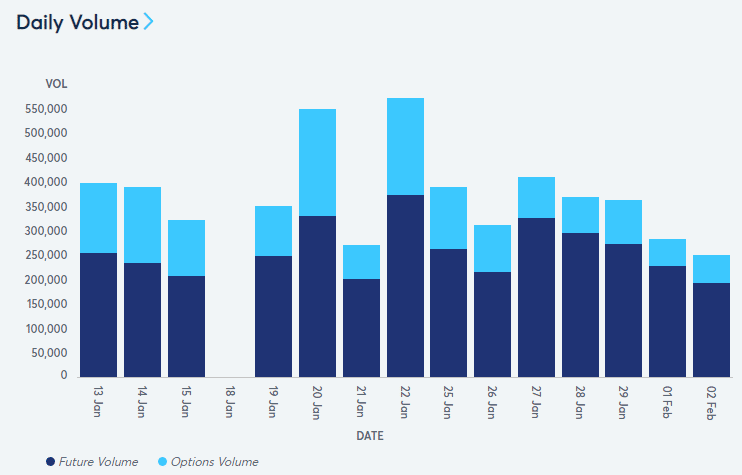

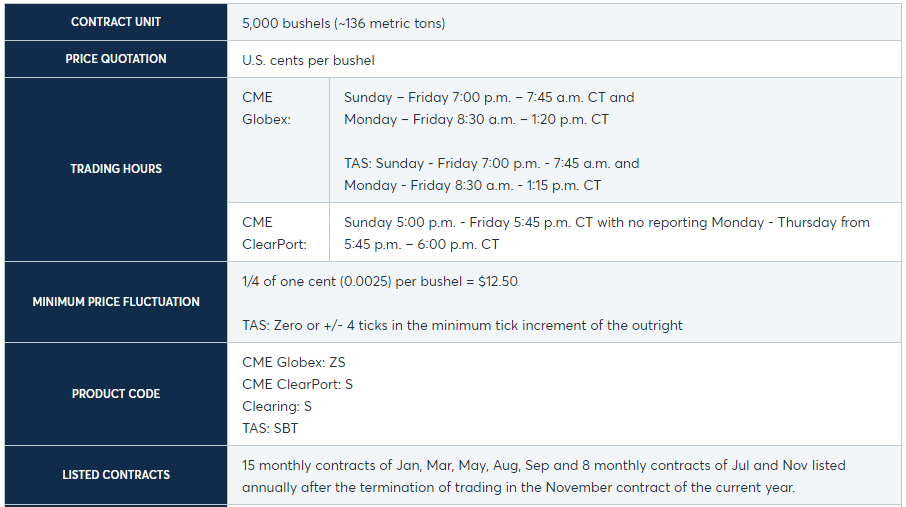

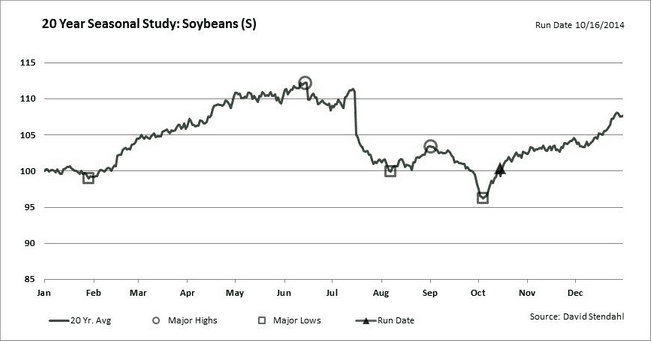
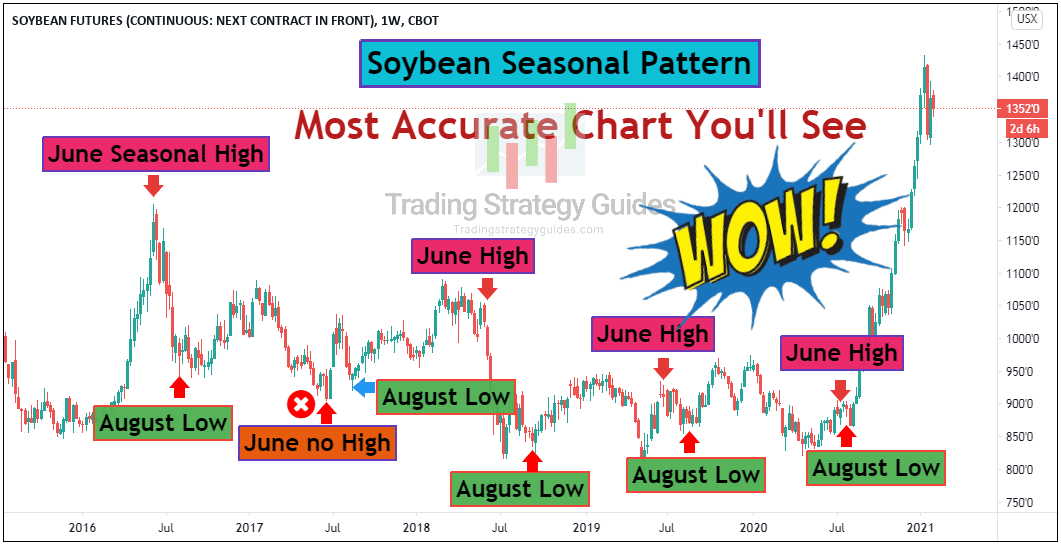
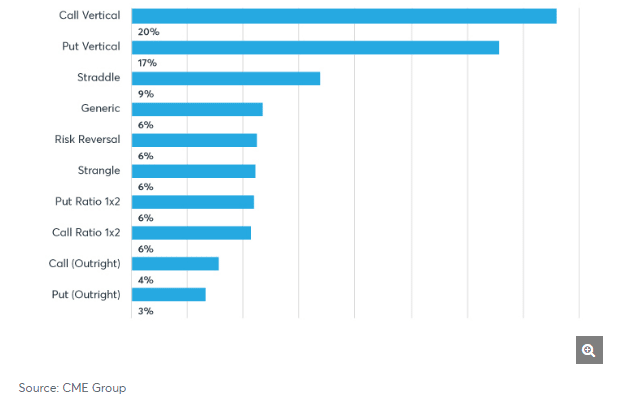







Thanks for sharing superb informations. Your website is very cool. I am impressed by the details that you?¦ve on this site. It reveals how nicely you perceive this subject. Bookmarked this website page, will come back for more articles. You, my friend, ROCK! I found simply the info I already searched everywhere and just could not come across. What an ideal web-site.